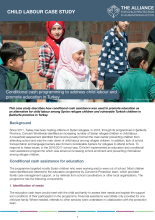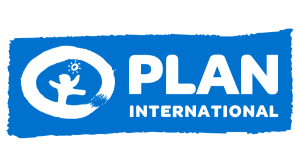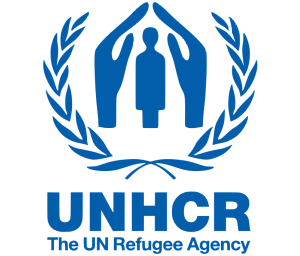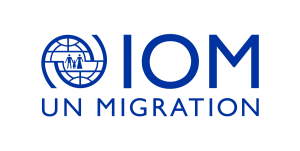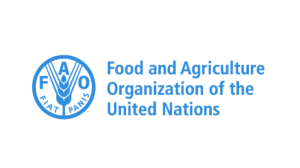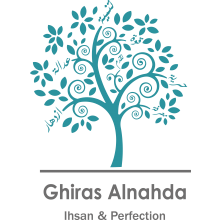
Dirigé par: Plan International et OIT
Notre mission
Assurer une coordination et une collaboration pratiques entre les intervenants humanitaires et les acteurs du développement au niveau mondial afin de renforcer la qualité et la coordination des actions de préparation, de prévention et de réaction au travail des enfants dans les situations d'urgence au niveau national.
Le groupe de travail offre une plate-forme pour identifier et tendre à relever les défis communs dans la programmation du travail des enfants dans les situations d'urgence, en offrant une voix technique collective sur les questions du travail des enfants dans les situations d'urgence pour d'autres aspects essentiels tels que l'établissement de normes humanitaires, la collaboration intersectorielle, et le plaidoyer mondial ainsi que le travail politique lié au travail des enfants.
Principales priorités du groupe spécialisé "Travail des enfants"
- La boîte à outils inter-agences sur le travail des enfants dans l'action humanitaire est disponible et diffusée aux niveaux local, national, régional et mondial.
- Les acteurs humanitaires disposent de connaissances et de compétences accrues pour prévenir et lutter contre (les pires formes de) travail des enfants dans les situations d'urgence.
- Le travail des enfants dans les situations humanitaires est intégré/reflété dans les agendas des plateformes mondiales, régionales et locales pertinentes, y compris, mais sans s'y limiter, l'Alliance 8.7 et d'autres groupes spécialisés dans le cadre de l'Alliance pour la protection de l'enfance dans l'action humanitaire.
Task Force Member Organisations
Resources
Child Labour Tool | Children Are Not Little Adults
Child Labour Tool | Signs of Child Labour
Child Labour Tool | Child Labour in Refugee, Internally Displaced and Migrant Settings
Child Labour Case Study | Centre-Based Services and Cash Assistance to Address Child Labour in Turkey
Child Labour Case Study | Conditional Cash Programming to Address Child Labour and Promote Education in Turkey
